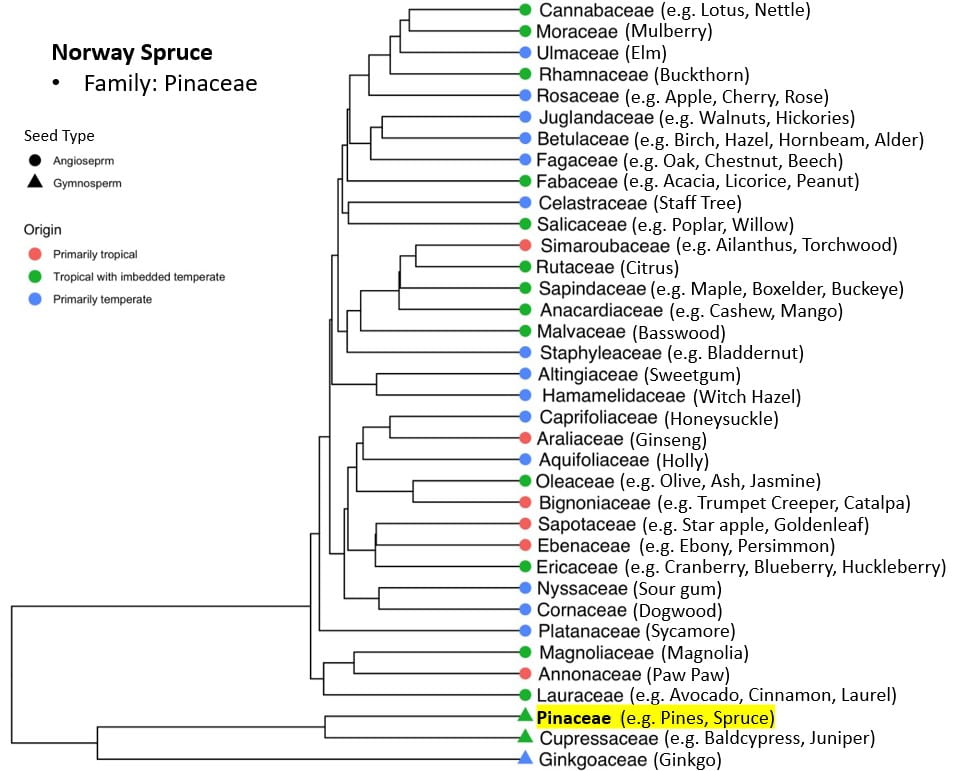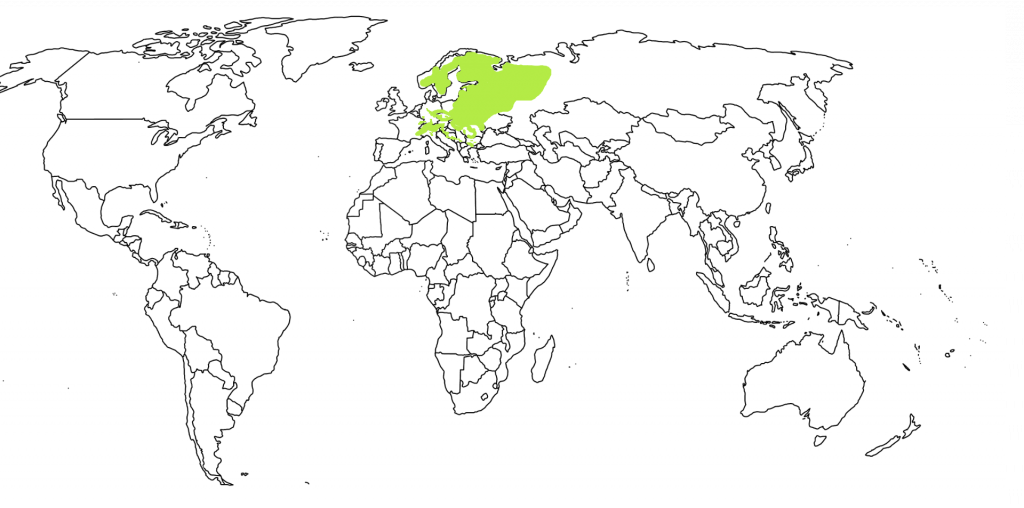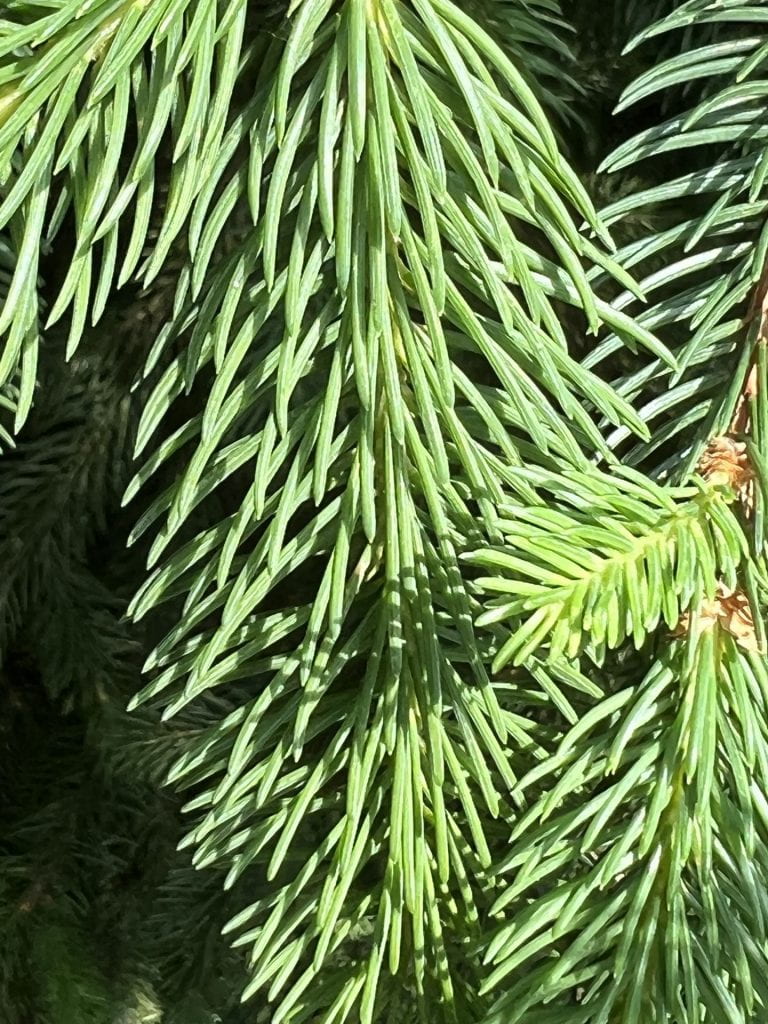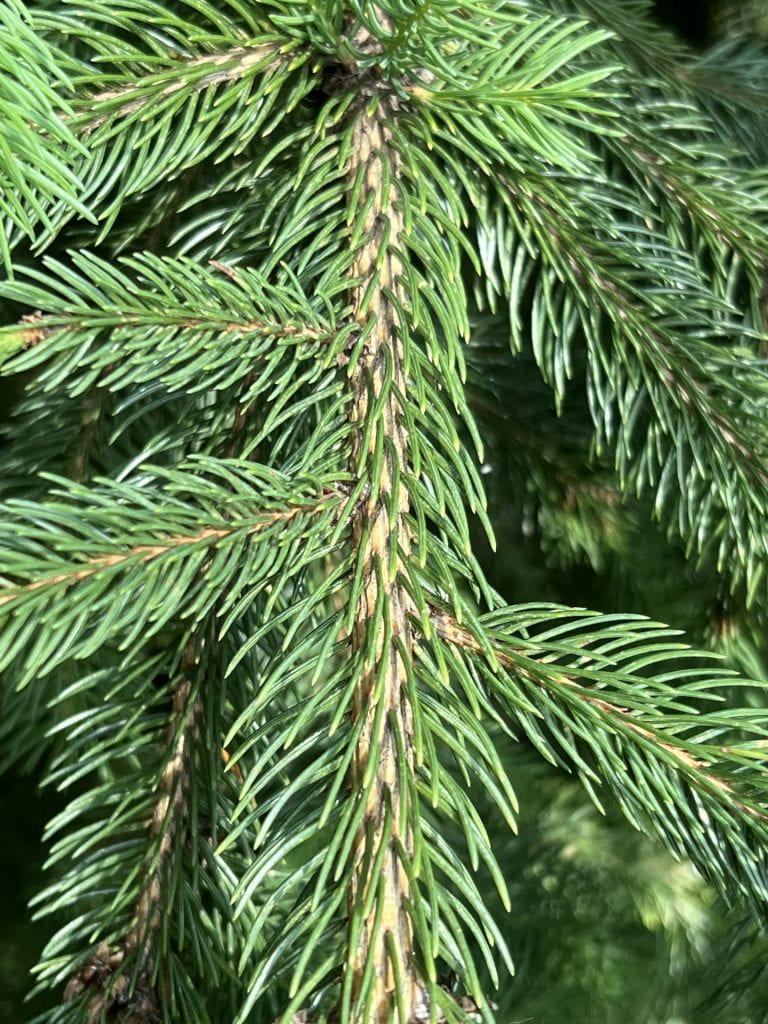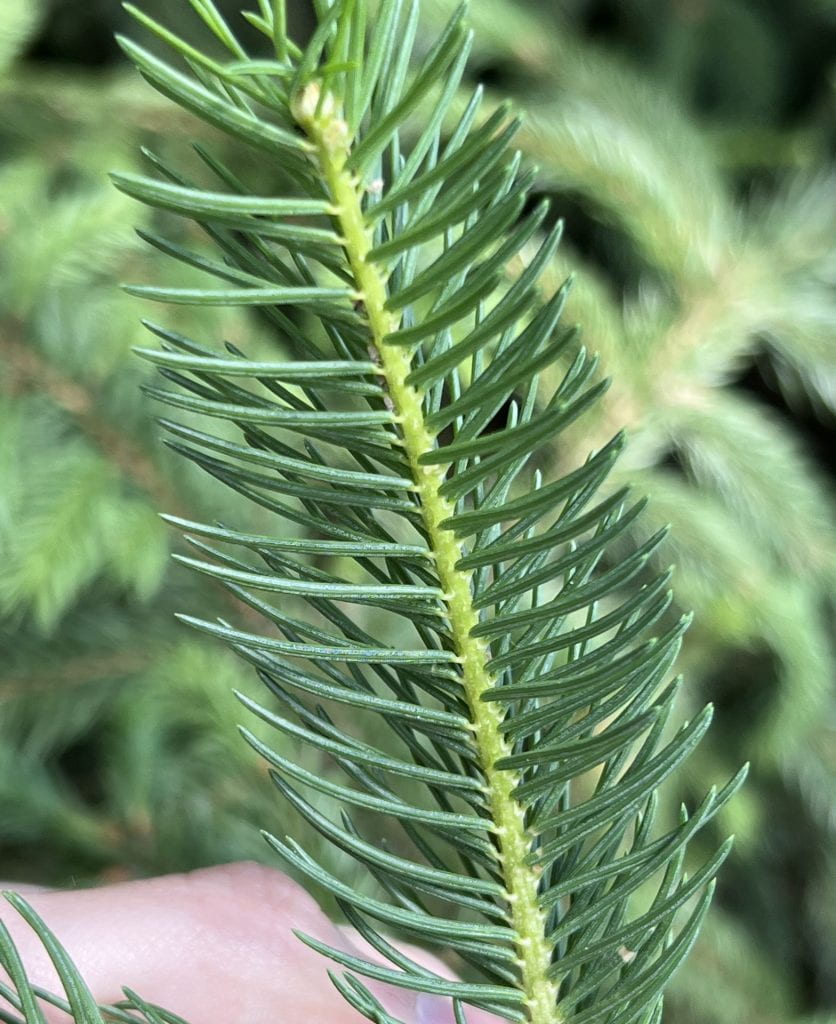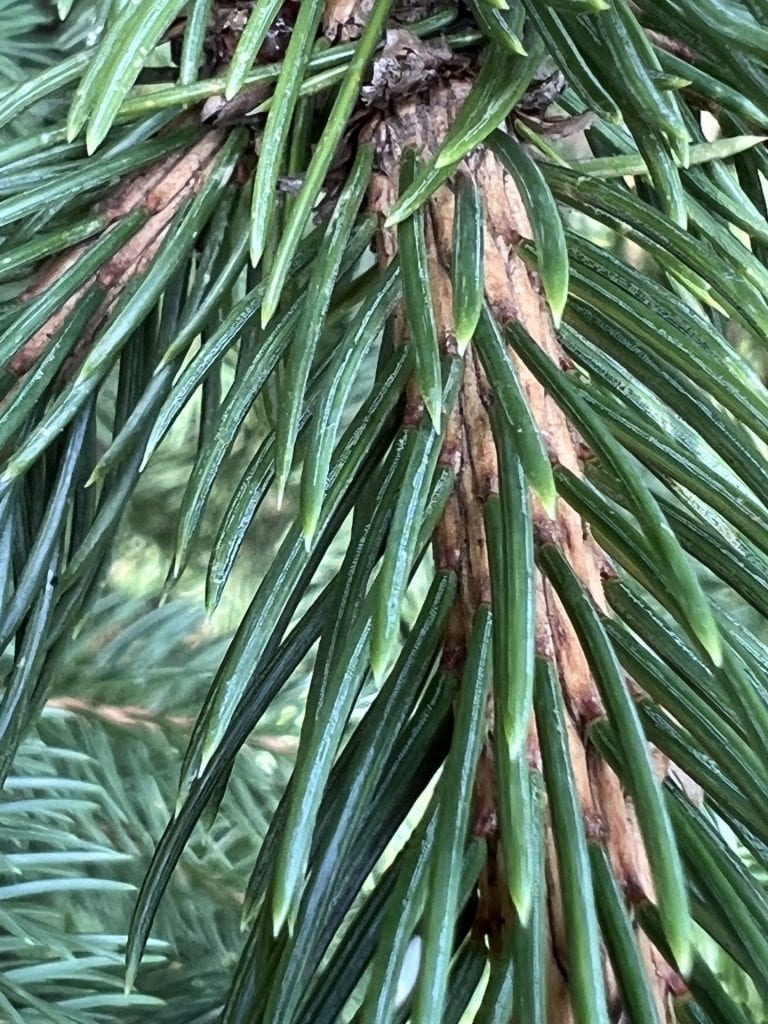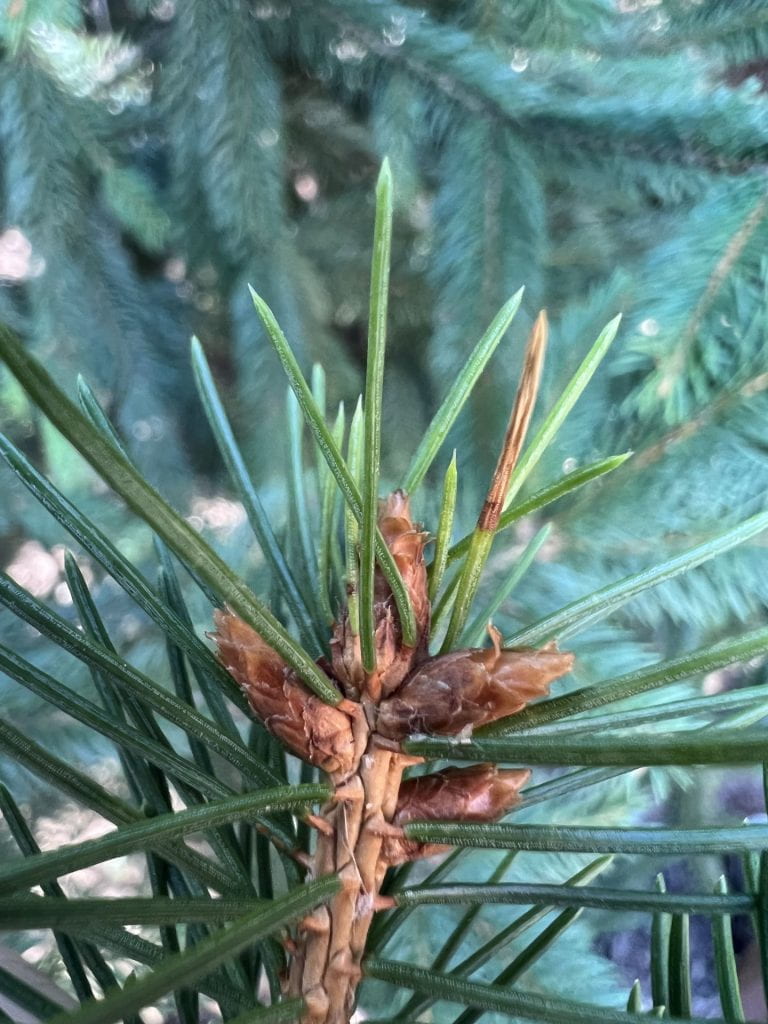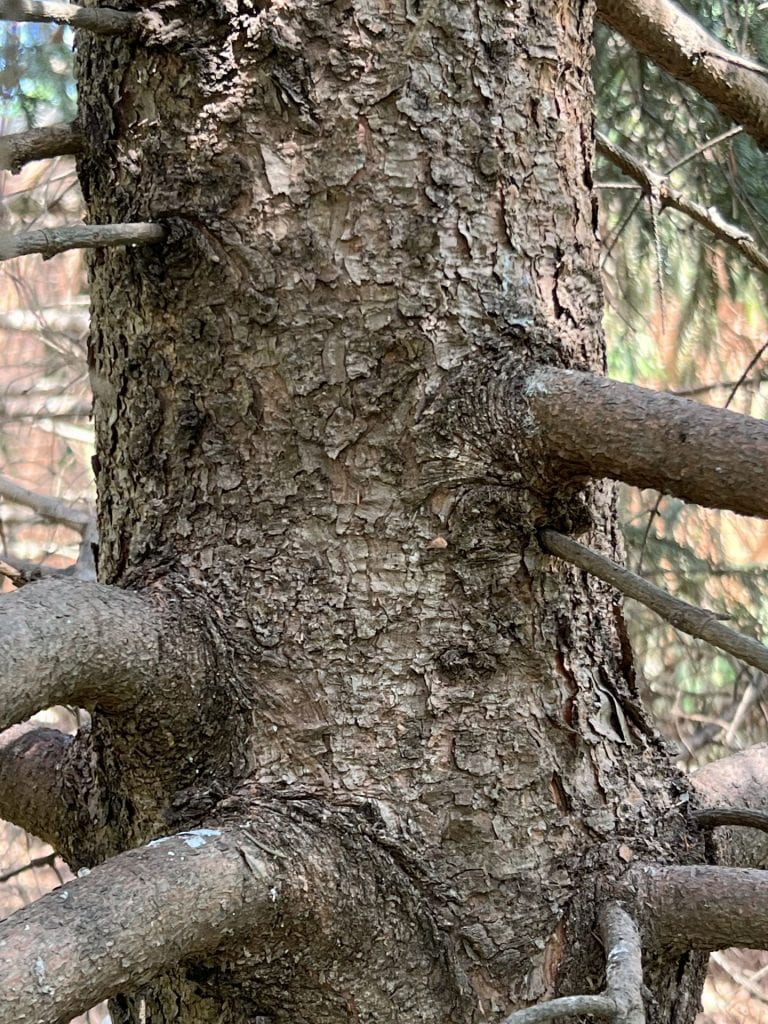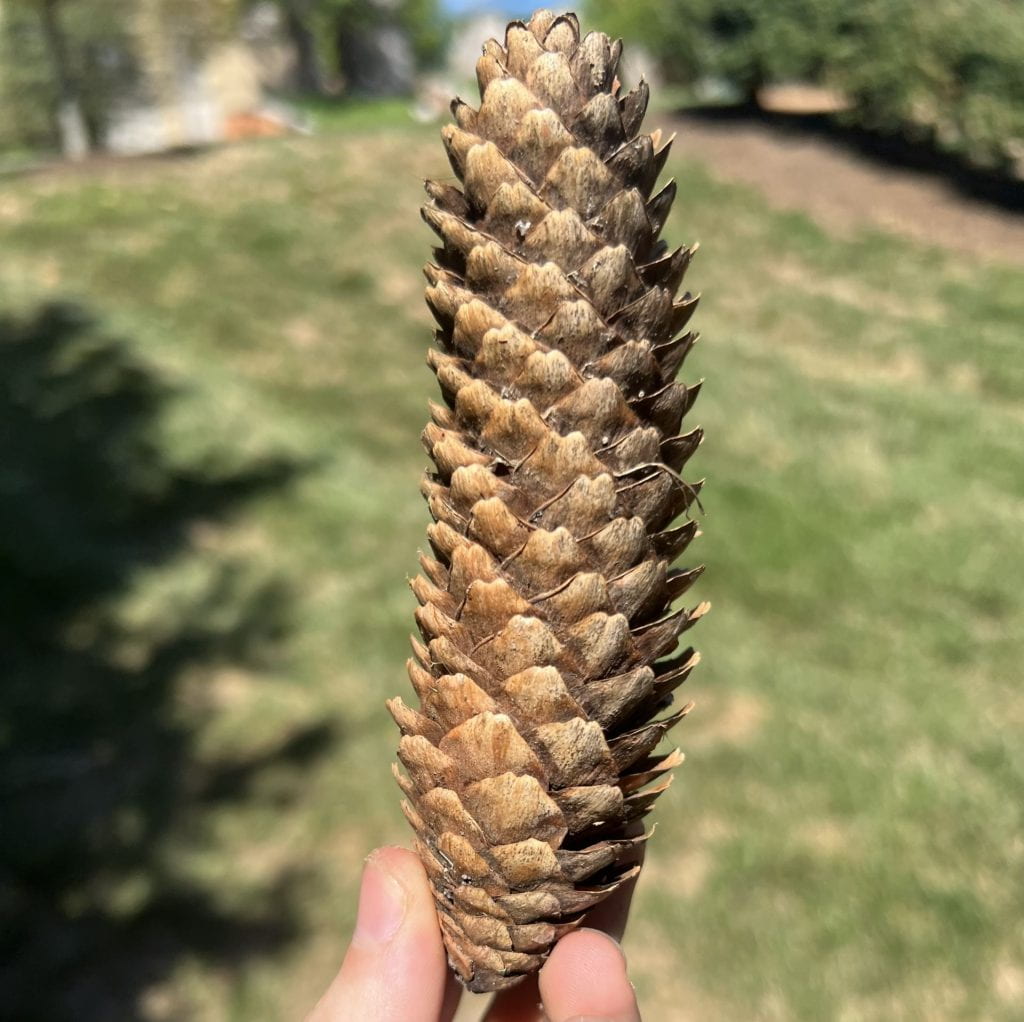Norway Spruce
Arbor walk #77, TreeKeeper ID #2644
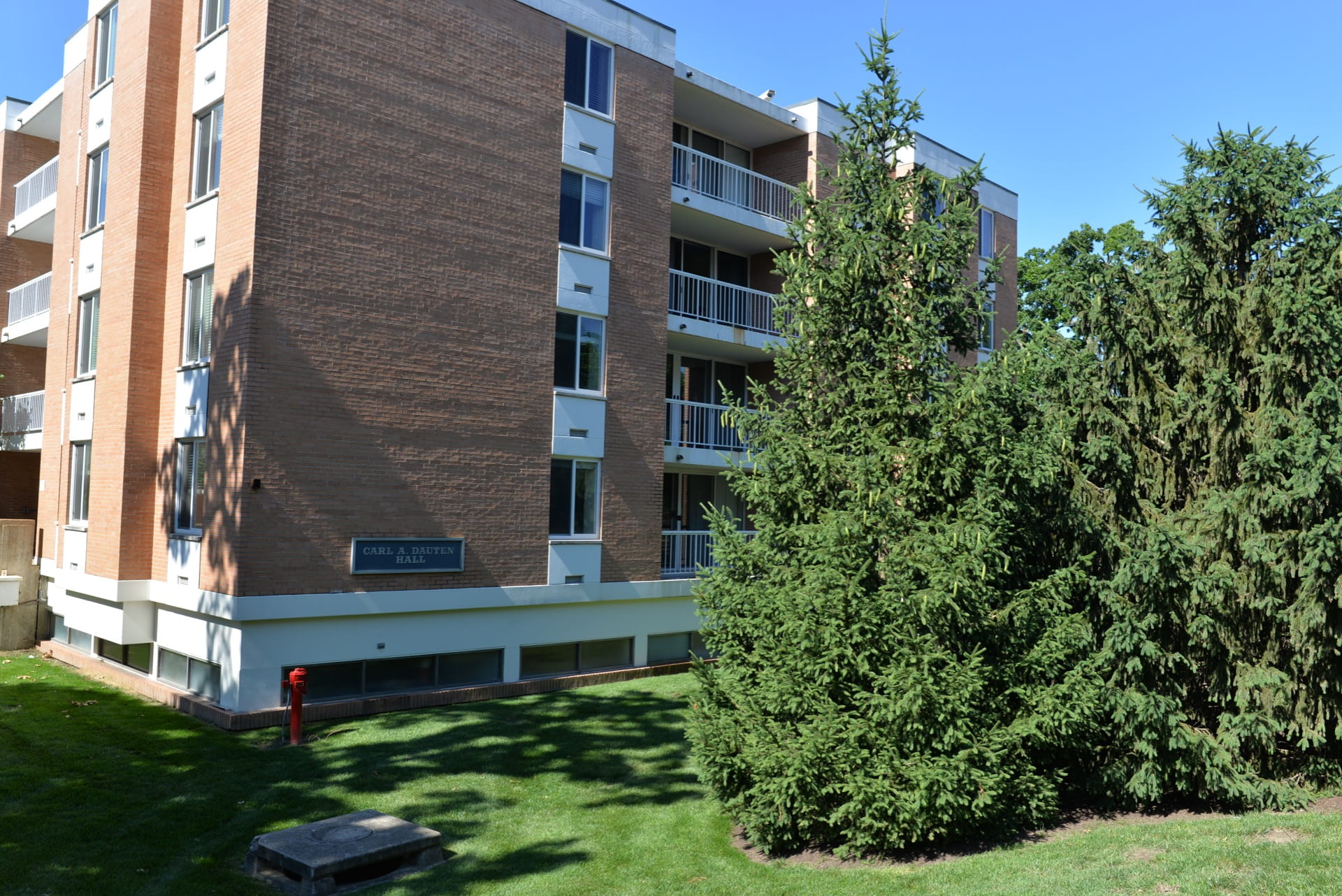
This European spruce is often planted in temperate regions of the United States as a wind blocker, as it can grow quickly and reach an average height of 60 feet in artificial habitats. The tree’s early branches are tilted upwards, but over time the branches adopt a more open and perpendicular stance. Cones are roughly cylindrical and are roughly 9″ in length. The Norway Spruce is one of the fastest growing in the spruce family, and is important for wildlife. Not only does this spruce provide cover in the winter, due to its tough, flexible wood, but also a place where birds can make their nests, due to its many dense secondary branches.

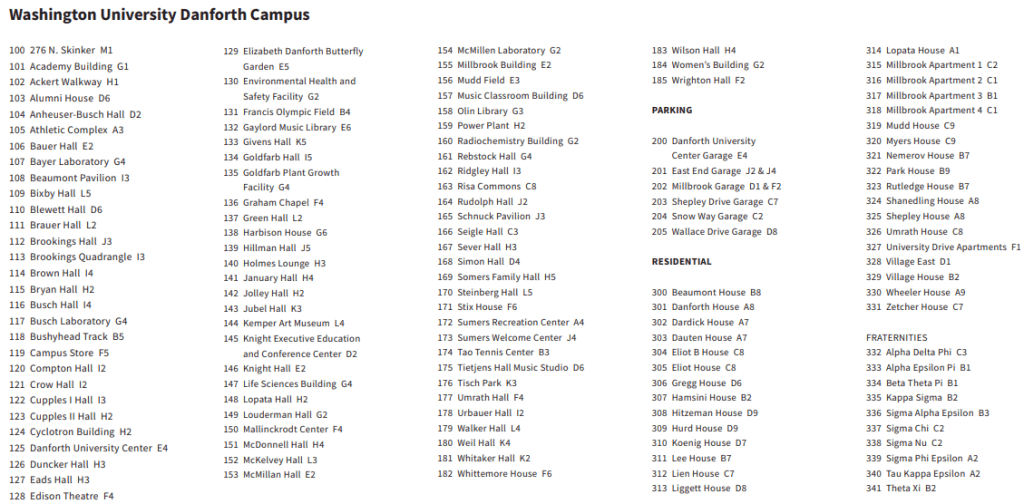
GPS Coordinates
N/A
Percent Concrete
N/A
Distance to Buildings
| Year | Close Building #1 | Close Building #2 | Close Building #3 |
|---|---|---|---|
| 2020 | Dauten House, 6.55 m | Dardick House, 31.0 m | Lee House, 38.43 m |
Distance to Other Species
| Year | Close Species #1 | Close Species # 2 | Close Species # 3 |
|---|---|---|---|
| 2020 | Norway Spruce, 4.12 m | Norway Spruce, 9.06 m | Post Oak, 10.15 m |
Standard Measurements
| Year | Height (m) | DBH (cm) | Caliper (m) | Crown Diameter N-S (m) | Crown Diameter E-W (m) | Average Crown Diameter (m) |
|---|---|---|---|---|---|---|
| 2020 | 8.5486 | 16.8 | N/A | 3.25 | 3.66 | 3.455 |
| 2023 | 11.53 | 20.6 | N/A | 4.29 | 4.45 | 4.37 |
Nests and Pests
| Year | Description |
|---|---|
| 2020 | Branch/twig blight and needle blight, though this may be sun damage 1 potter wasp cocoon |
Leaf Identification
The Norway Spruce has dark green needles with sharp tips, about 1/2″-1″ long. Spruce needles, unlike fir tree needles, can be rolled between one’s fingers, as the needles are nearly square in cross-section rather than flat.
Twig and Bud Identification
The twigs are orangish-brown with needles alternately whorled . The apical bud is also orangish-brown and conical, resembling a rose with its scales.
Bark Identification
The bark of the Norway Spruce is reddish-brown to grayish-brown with thin scales.
Cone Identification
Staminate (male) cones are reddish-brown and small while ovulate (female) cones are large, brown, and cylindrical. At maturity, the cones are large, cylindrical, and chestnut brown. They hang down from the twig.
